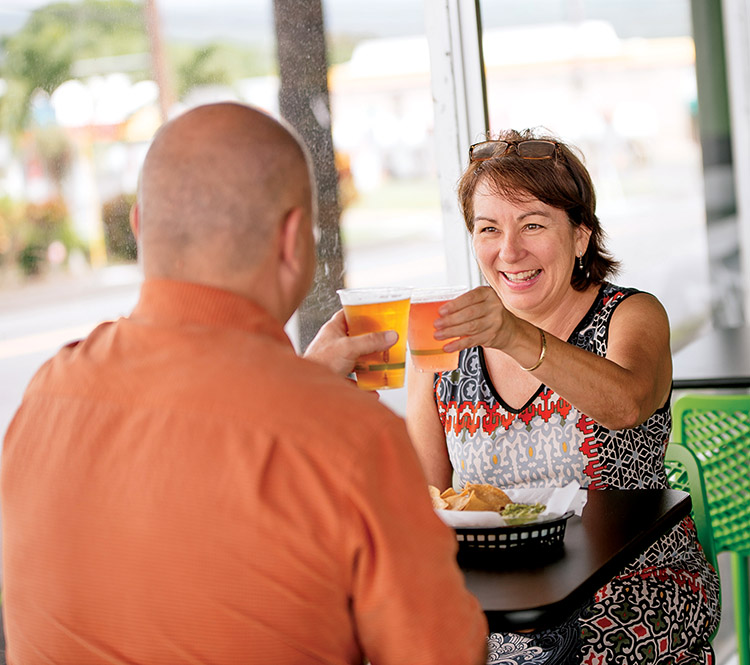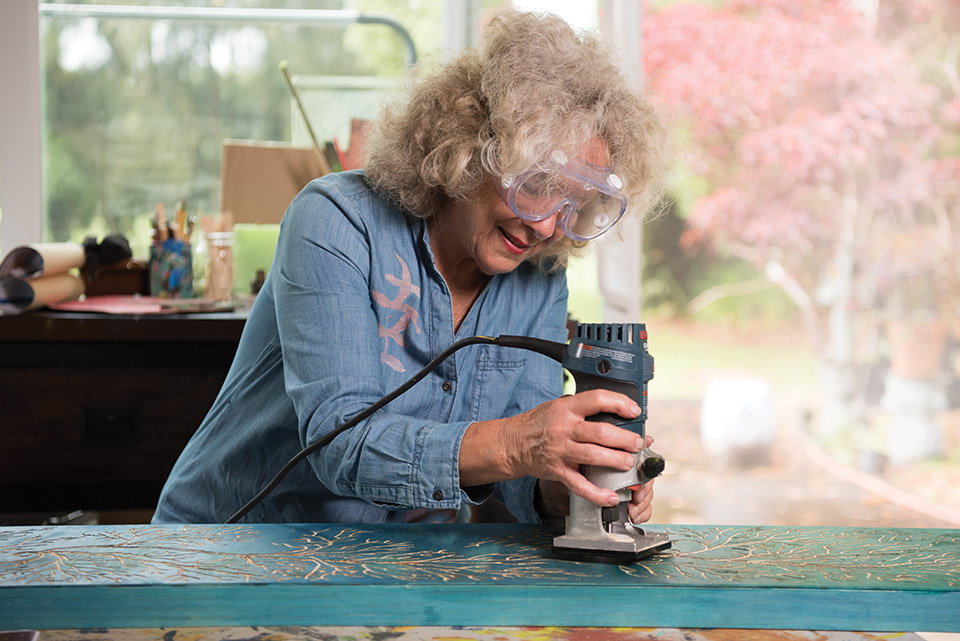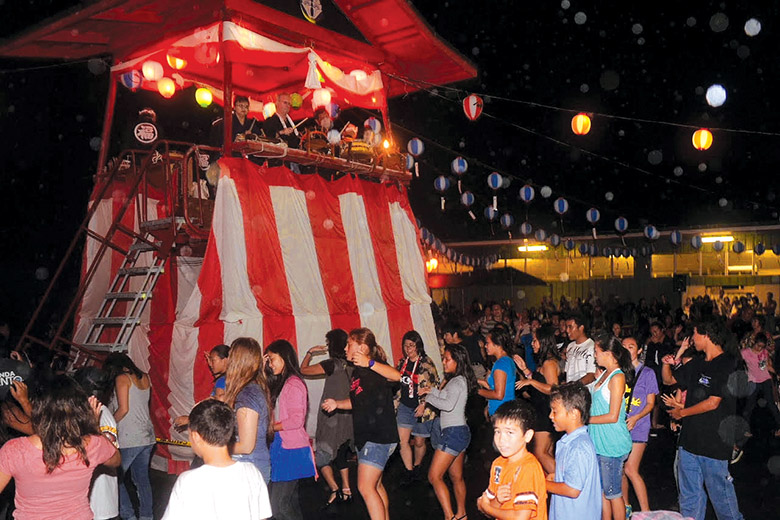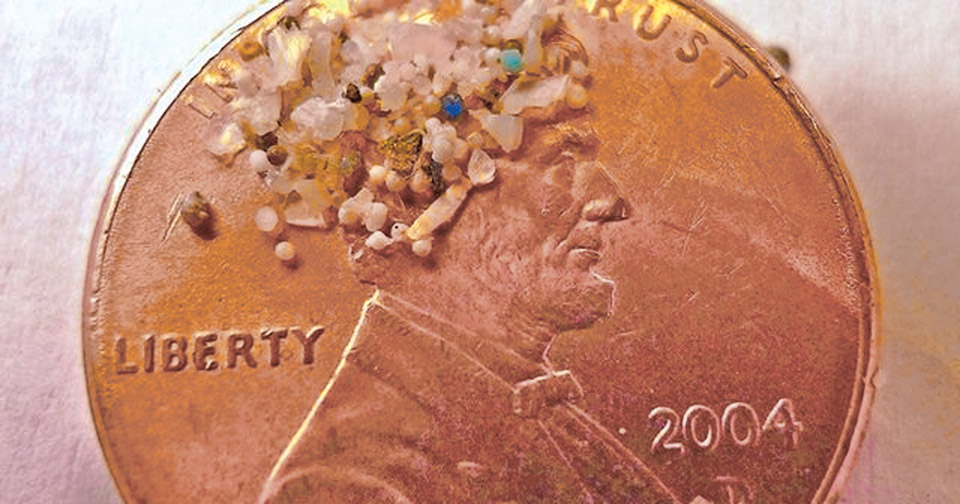
Mālama Mokupuni–Caring for Our Island Environment: The Break Down on Microplastics

By Julia Meurice
From the stomachs of sea birds to the muscle tissues of fish and the beaches across Hawai‘i, tiny plastics are quickly building up in our marine environment. They may seem harmless enough, but both scientific data and human observations are uncovering alarming information.
The Scoop
Microplastics are generated in two ways. Primary microplastics include micro-beads used in cosmetic products, fibers from clothing, and nurdles, which are resin pellets used in plastic manufacturing processes. Secondary sources occur after larger plastics are exposed to sunlight and weathering degradation that make them break down into tiny pieces.
An Uncertain Health
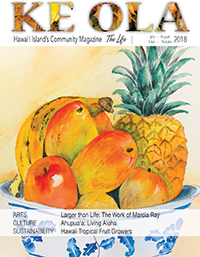
Microplastics can assist in invasive species transport and can act as binding elements for chemicals. Toxic molecules like Bisphenol-A (BPA), Polychlorinated Biphenyls (PCB), and Polybrominated Diphenyl Ethers (PBDE) can adhere to the plastics and are transferred to organisms they come into contact with.
One of the biggest health concerns as a result of hitchhiking toxic chemicals is their bio-accumulation in the food web. Melissa Snover is a contractor for the National Oceanic and Atmospheric Administration (NOAA), studying Pacific sea turtle growth and population dynamics. She says, “Compounds that leach out of microplastics and into the environment end up in organs and tissues of lower trophic animals (filter feeders like mollusks), and as these animals are consumed as prey by higher trophic predators, they can bio-accumulate.” These higher trophic predators can include sea turtles, large fish, sharks, whales, and humans. The more plastic that is in the ocean, the higher the risk.
The Problem on Hawai‘i Island
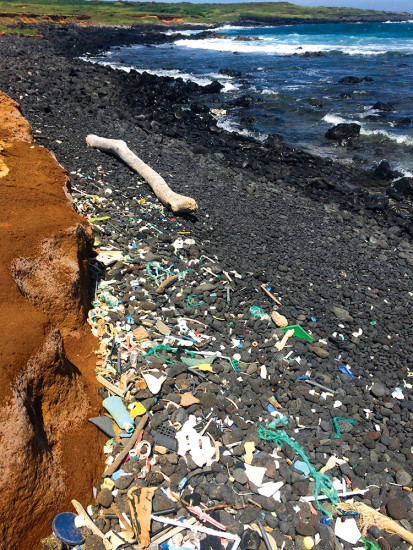
For at least the past 50 years, improper waste disposal has increased—including the intentional or accidental dumping of garbage at sea and onshore. This, combined with land debris being carried to the ocean in runoff water after big storms, has brought more and more plastic to the ocean. From industrial products to lost or discarded fishing gear (especially large nets) most of this material does not biodegrade. Instead, it just particulates into smaller and smaller pieces. Biodegradation of the plastic only occurs when some types of microorganisms can consume and digest plastic molecules as food.
A system of rotating ocean currents called the North Pacific Subtropical Gyre spirals around a central point: the Hawaiian Island chain including the Papahānaumokuākea Marine National Monument. The Great Pacific Garbage Patch, an enormous area of concentrated garbage in the water column located within the gyre, is thus the main source for the massive amounts of debris pushed onto Hawai‘i’s beaches and reefs annually.
According to Megan Lamson of Hawai‘i Wildlife Fund, who has been coordinating Hawai‘i Island’s Marine Debris removal project since 2008, “There are likely 100 times more microplastics than macroplastics at any given moment, and it’s overwhelming as they are excruciatingly difficult to remove. The priority is larger stuff so it doesn’t photo-degrade.” The Hawai‘i Wildlife Fund has been working tirelessly on this issue for almost 20 years, focusing their efforts in the Ka‘ū district, particularly at South Point and on Maui at Ka‘ehu. In 2017 alone, with the help of more than 1,000 volunteers, 76,296 pounds of marine debris was removed from the shores of both islands during 67 cleanup events. However, with an estimated rate of return of 15–20 tons per year, more is coming.
Solving the Plastic Puzzle

NOAA’s Marine Debris Program provides funding to agencies in Hawai‘i to collect data, study, and develop action plans to prevent and manage microplastic buildup. Achieving these overall goals takes time and commitment. Cynthia Ho, who has been coordinating cleanup efforts through Keep Puako Beautiful for two decades shared that their 2017 efforts saw 806 volunteers who collected over 1.5 tons of debris and shoreline trash from around Puako. You can join one of their ongoing events, a clean-up hosted by the Hawai‘i Wildlife Fund or just gather friends and ‘ohana and clean your favorite beach!
Three action steps you can take today:
- Avoid one-time use items (like straws and plastic utensils). Keep reusable ones with you.
- Choose body-care products without plastic “micro-scrubbers” that wash down drains into our oceans.
- Choose alternatives to plastic products like glass, cloth bags, and paper.
Sources: NOAA, Hawai‘i Wildlife Fund, Marine Pollution Bulletin
Julia Meurice
Marine Science Communications & Outreach
NOAA Affiliate for Hawai‘i Island
Contracted through Lynker Technologies, LLC
